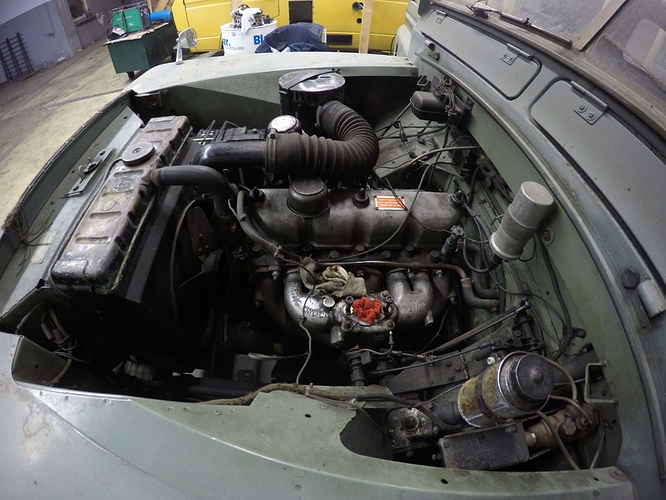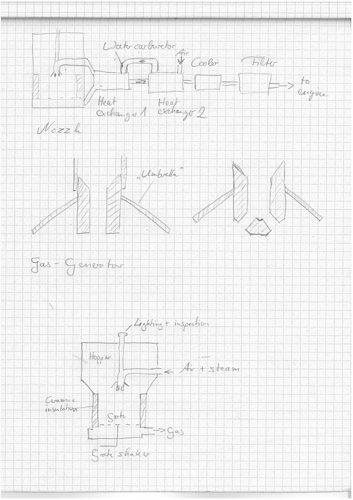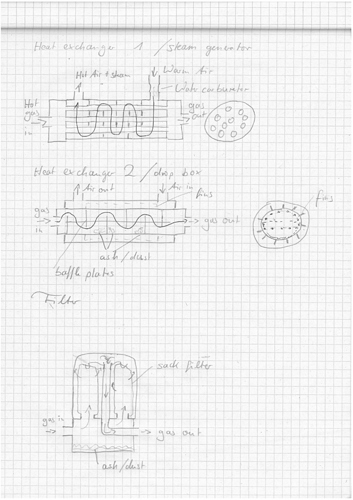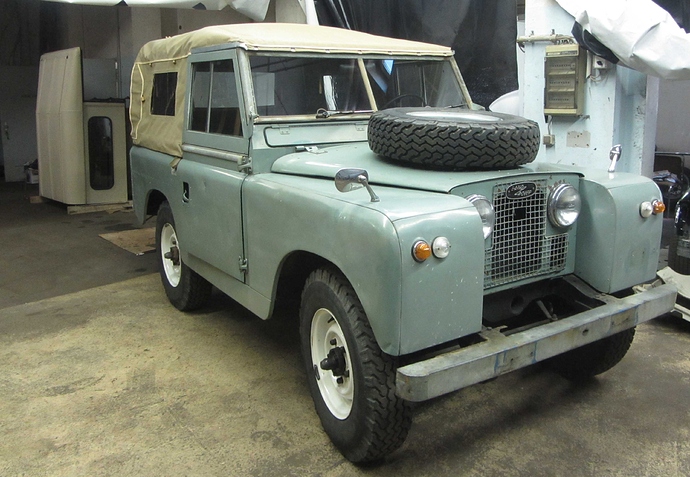Thanks for your nice comments!
Now to the questions:
Layout: 4-cylinder, in-line
Block/head: Cast iron/cast iron
Valves: OHV, chain drive camshaft, push-rod operated
Capacity: 2,286 cc (139.5 cu in)
Bore × stroke: 90.47 mm × 88.9 mm (3.562 in × 3.500 in)
Compression ratio: 7:1/8:1
Carburettor: Solex (up to 1971), Zenith (up to 1983), Weber (post-1983)[22]
Power: 74 hp (55 kW) @ 4,200 rpm (in standard, non-emissions-controlled tune and 8:1 CR)
Torque: 120 lbf⋅ft (160 N⋅m) @ 2,000 rpm (in standard, non-emissions-controlled tune and 8:1 CR)
I have the 7:1 compression ratio and thus a little less power and torque.
For the beginning I will keep the carburetor to be able to run on petrol as well. This is probably better during the learning curve. But “no dino” sounds good - well, first lets see how everything works out.
The net weight is about 1500 kg.
@LewisM, you are right, either love them or hate them. Guess on which side I am 
This is my first Landy, but I own it since 2008. It was just in hibernation for 4 years.
Yes, nearly all parts are easily available and cheaper as for many newer cars. I had no problems with the brakes so far.
I will keep the 4 cylinder engine. The V8 would be great, but registering it with this engine is very complicated here. And for me, the original engine is reasonable powerful. The petrol engine is actually much better as the diesel, although the horsepower in numbers is no great difference. It is also the lighter short version.
Well, all the Landys had a different long life and are thus very different in the driving experience today. My steering is quite smooth and the leaf springs are OK. But I have driven others which were different, one had heavy duty springs that barely moved no matter what happened.
No, I will keep the roof top tent. I can really recommend it for camping. 









